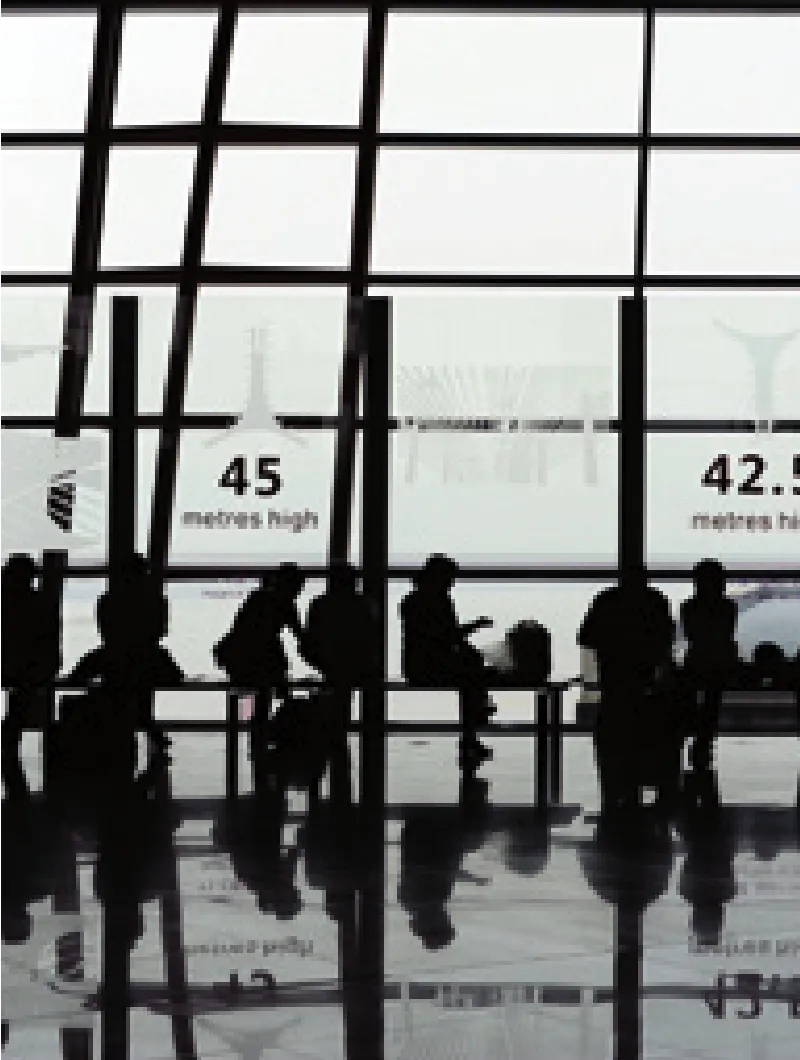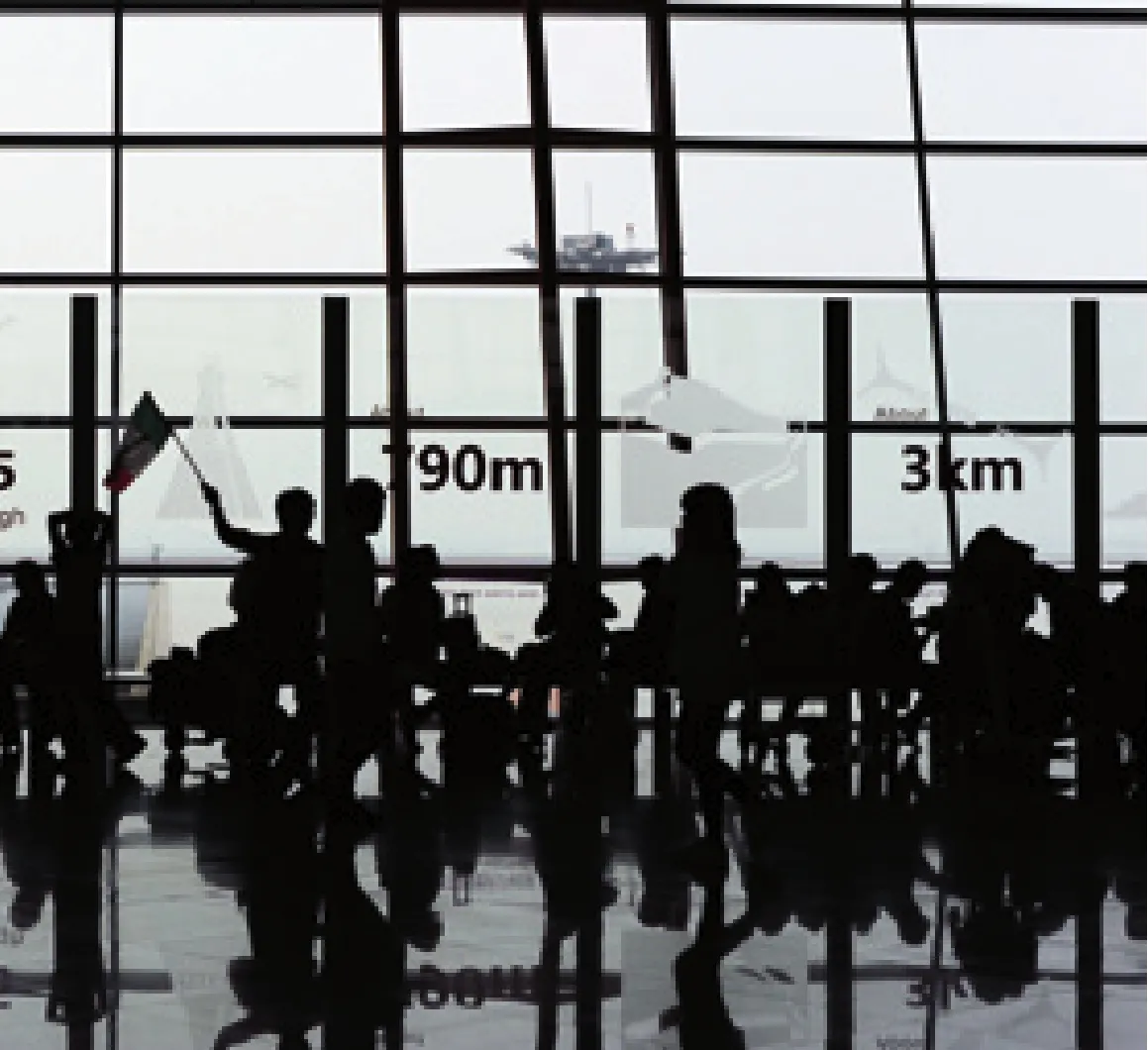Flying to New Heights
2011-12-06ByWANGJUN
By WANG JUN
China’s civil aviation industry has expanded its operations to better serve growing travel demands
Skytrax ranks airlines based on evaluations of their front-line products and service quality,including airport lounges, passenger transfers, in-flight service and cabin amenities.
China’s civil aviation industry as a whole has experienced rapid growth over the course of the 11th Five-Year Plan (2006-10),according to a series of figures released by the Civil Aviation Administration of China(CAAC) at a recent press conference held by the State Council Information Office.
Safer and stronger

Li Jiaxiang, Minister of the Civil Aviation Administration of China
Safety levels for the Chinese civil aviation industry have notably improved in recent years, said Li Jiaxiang,Minister of the CAAC. During the 11th Five-Year Plan period,the accumulated transport flight time by civil aviation reached 20.36 million hours with 9.76 million aircraft movements,up 95 percent and 81 percent,respectively, over the previous Five-Year Plan (2001-05). The number of major accidents per million movements was 0.1,against the world average of 0.5; and the rate of passenger fatalities per 100 million km was 0.003, against the world average of 0.009.Over the past five years, the punctuality rate of China’s civil aviation industry has been on par with the world current average rate of 80 percent.
According to CAAC figures, China’s air fleet now exceeds 2,600 aircraft, a net increase of more than 700 over five years ago,and the total number of routes exceeds 1,880,or 623 more from the end of 2005.
By the end of last year, 43 airlines had acquired their public air transport business license, including 35 state-controlled companies and eight private ones. Among these airlines, 16 are joint ventures and five publicly listed companies.
Last year, the whole industry realized total air traffic of 53.6 billion ton-km and carried 267 million passengers and 5.57 million tons of cargo and mail, up 105 percent, 93 percent and 82 percent, respectively, from 2005.
The passenger load factor and load factor of the Chinese civil aviation industry hit 80 percent and 71 percent, a rise of 8.5 percentage points and 6 percentage points,respectively, from those of 2005.
From 2006 to 2010, Chinese airlines carried more than 1 billion passengers. Beijing Capital International Airport is now the world’s second largest airport in terms of the passenger capacity, while Shanghai Pudong International Airport ranks third worldwide in terms of cargo transport. Among all Chinese airports, 16 have a passenger turnover exceeding 10 million, against seven in 2005.
Over the past five years, China has invested a total of 1 trillion yuan ($151.98 billion) in its civil aviation industry.Currently there are 175 licensed transport airports nationwide.
Between 2006 and 2010, China built 33 new airports, retrofitted or extended another 33, relocated four, and renovated or revamped 41 other airports. In addition,11 airports are currently under construction across the country.

Li said during the 11th Five-Year Plan period, the civil aviation industry also increased investment in areas with underdeveloped transportation facilities. The 33 newly built airports, all regional ones located mostly in underdeveloped areas,have effectively improved the transportation and promoted the social and economic development of these localities.
CAAC figures show that during the 11th Five-Year Plan period, the Chinese civil aviation industry realized the fastest recovery from the financial crisis, the most rapid growth and the biggest yield in the global civil aviation market. In 2010, the Chinese civil aviation industry reaped 43.7 billion yuan ($6.64 billion) in total pro fits, a record high, with airlines earning 35.1 billion yuan($5.33 billion), accounting for 60 percent of the global total airline pro fits.
“With the rapid development of China’s civil aviation industry, the demand for aircraft and airport facilities has increased greatly, presenting a perfect opportunity for the country to balance its foreign trade,” Li said.
According to Li, of the 200 billion yuan($30.4 billion) worth of commercial deals China made in November 2010 during President Hu Jintao’s visit to France, 104.1 billion yuan ($15.82 billion) was spent on the Chinese civil aviation sector. During President Hu’s visit to the United States in January this year, $19 billion was spent in the aviation sector out of the total $45 billion of commercial deals.
Higher hopes
The civil aviation industry will maintain the momentum of rapid growth during the 12th Five-Year Plan (2011-15) period, said Li.


(Sources: Civil Aviation Administration of China)
“Although January is typically a slow month for the industry, statistics for January 2011 show all major indicators advanced by more than 10 percent year on year,” he said.
Total air traffic in January grew 16.4 percent from a year ago, passenger traffic increased 16.8 percent and cargo and mail transport by 10.1 percent. The whole industry recorded total pro fits of 3.4 billion yuan($516.72 million), up 611.4 percent compared with the same period last year, hitting a record high.

BUSY TERMINAL:Passengers wait for flights at Terminal 3 of Beijing Capital International Airport
In the next five years, China plans to invest 1.5 trillion yuan ($228.2 billion) in its aviation industry, with the funds appropriated to the construction of 45 airports and the purchasing of 700 new commercial planes to meet surging demands, Li said. By 2015, the country is expected to have 220 commercial airports, and its fleet size will exceed 4,500 planes.
Despite concerns about the losses of regional airports, construction of such airports will speed up over the next five years.“Regional airports are public infrastructures and their construction should not be profitdriven,” he said.
Li said the aviation transport industry can help promote local economic development, and the effect will be seen quickly.
“It takes two years to build an airport and the construction cost is equivalent to that for building 3 km of high-speed railways or 3 km of expressways,” Li said. “But the role of 3 km of high-speed railways or expressways in promoting local economic development is limited. By building an airport, a region can be connected with the world.”
Li used two airports as examples. Since Huai’an Airport in Jiangsu Province opened in 2010, it has attracted 61 foreign-invested companies to the city, while an airport in remote Tengchong County, Yunnan Province,has boosted local service industries, with its GDP rising 56 percent since the airport opened in 2009.
Li said in the next five years, the size of the Chinese commercial aircraft fleet will expand to 5,000, the passenger transport volume will hit 450 million persons and the number of commercial airports will increase by 45 to reach 220. Most of the newly added airports will be regional airports. The CAAC will accept new applications for establishing airlines, and currently there are three companies preparing to apply, Li said.
According to Li, besides building more airports and increasing the fleet, the CAAC will also take measures to strengthen airline competitiveness in the international transportation market in the next five years.
“The competitiveness of China’s civil aviation industry on the international market is still weak,” Li said. Domestic airlines take up only 46 percent of China’s international passenger transport market and less than 30 percent of the country’s international cargo transport market, he said.
“We will guide domestic airlines to further improve their international competitiveness,” Li added. ■
